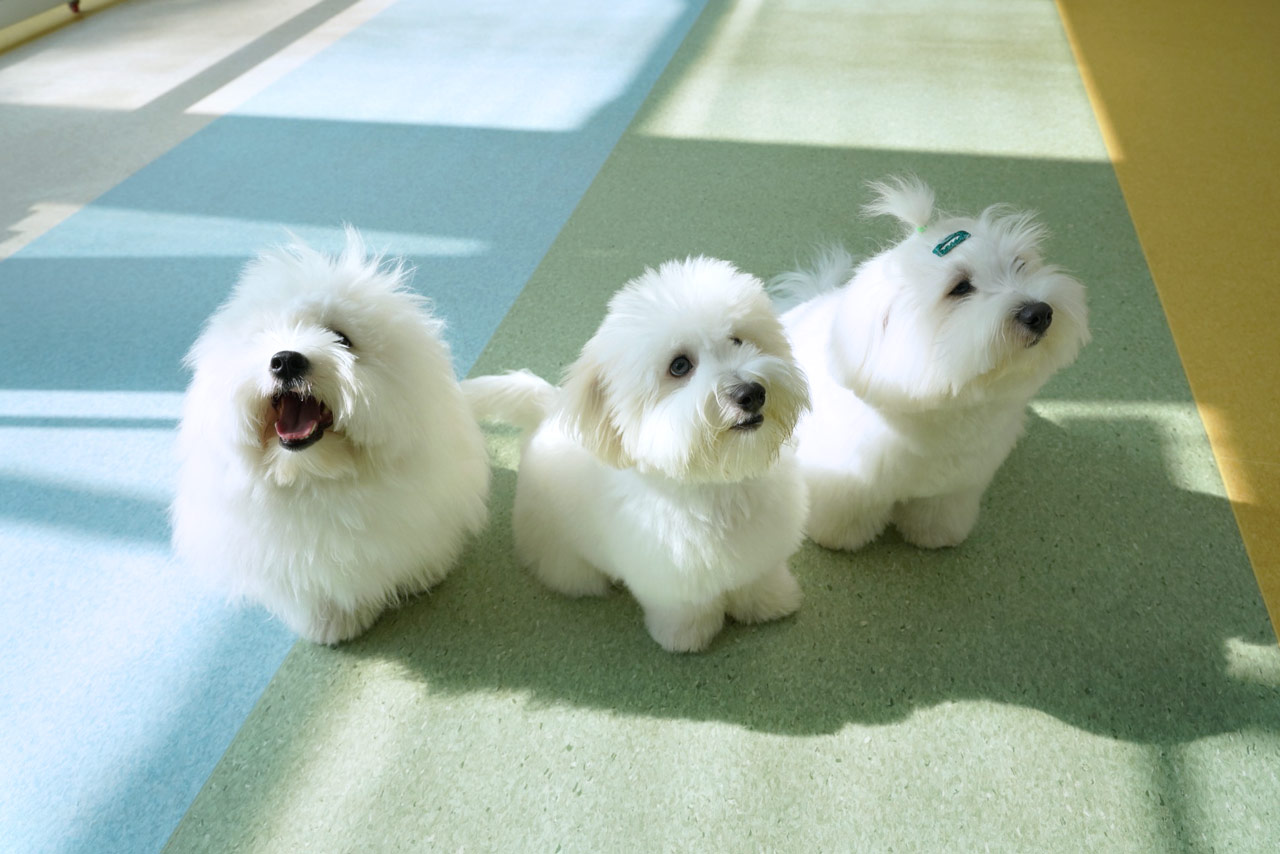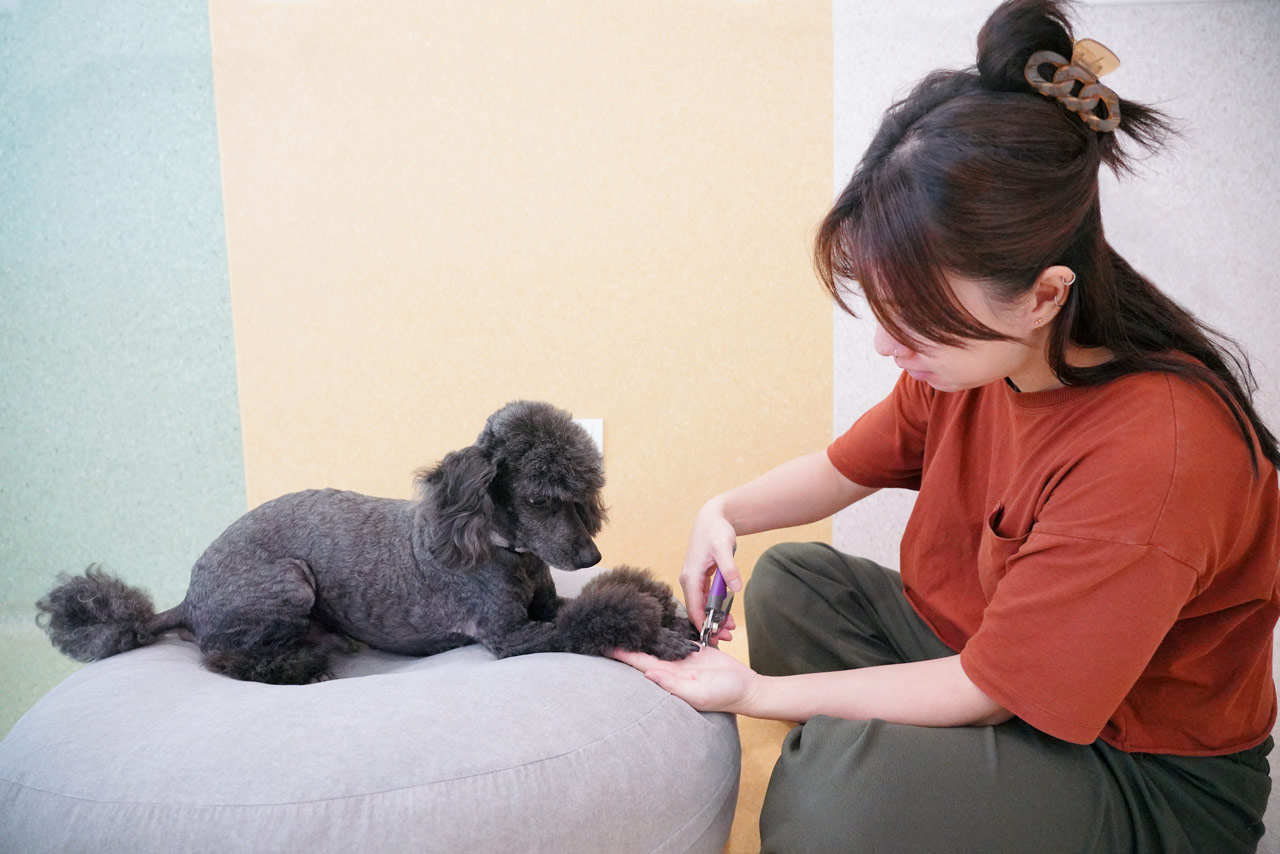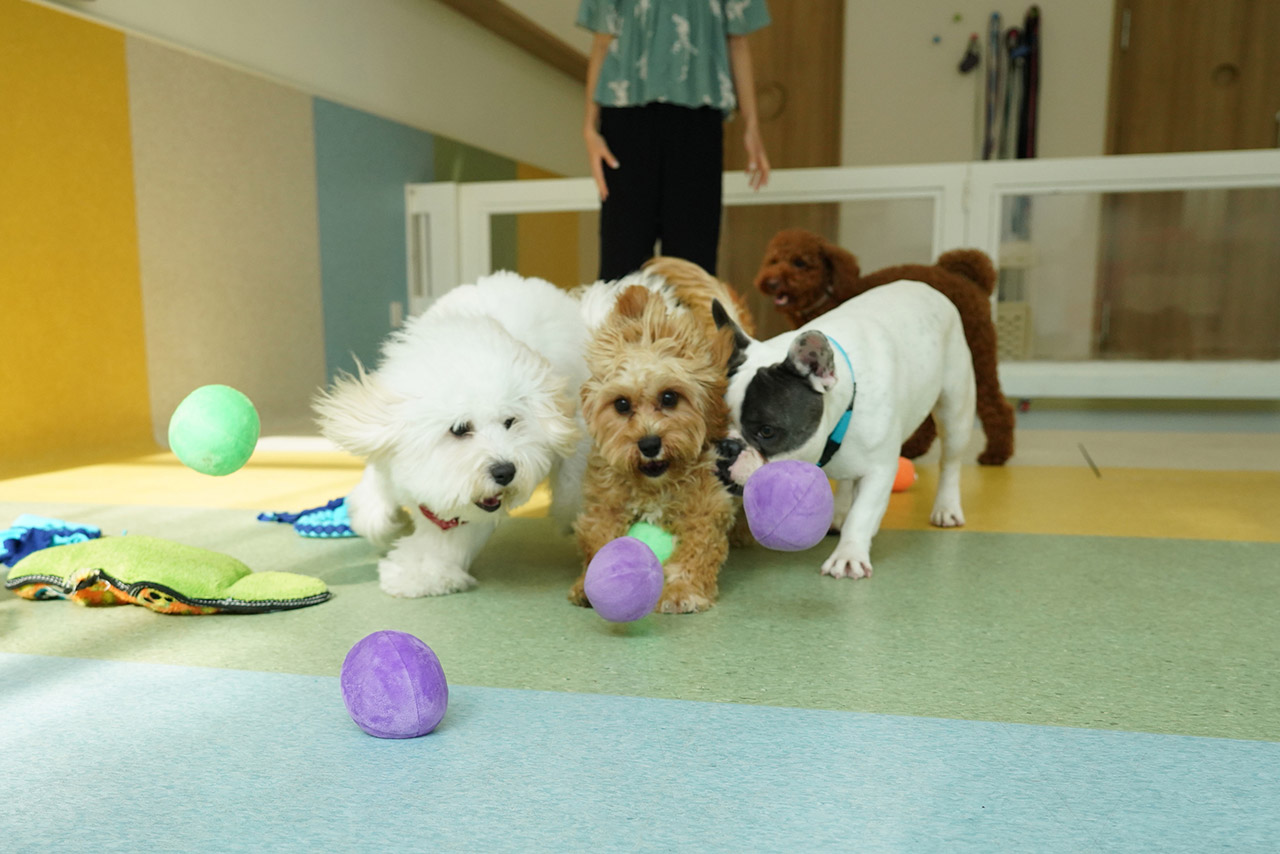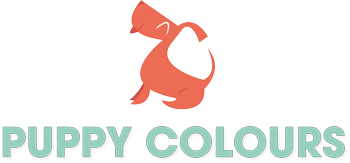Teenage Classes
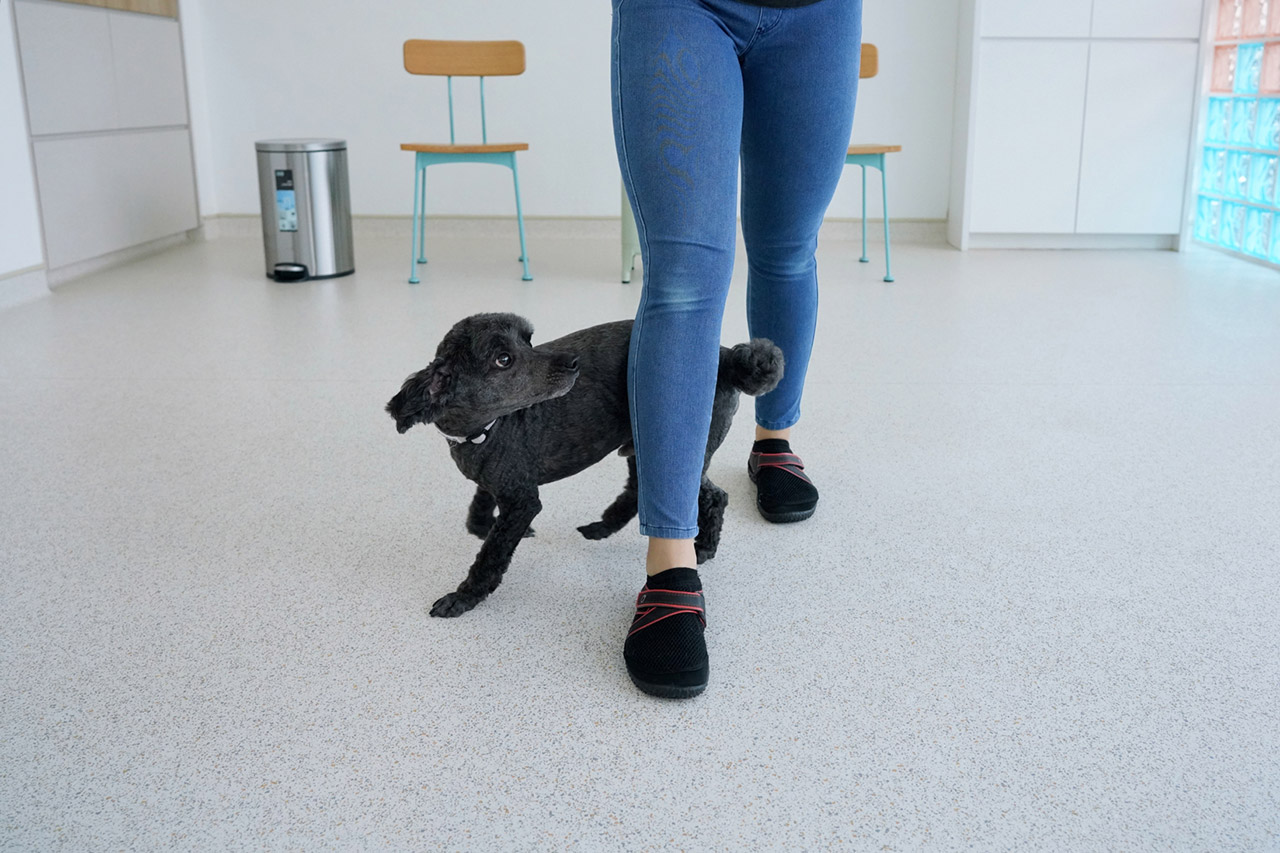
Furthering your pup's education
Hone your pup's skills
The teenage, or adolescent phase, is a normal developmental part in your puppy’s life. Owners often find this time challenging, should they not be prepared for it. Similar to human teenagers, puppies will go through changes associated with hormones and brain development. While the more primitive part of the brain matures earlier (during teenage phase, which occurs anywhere between 6-24 months of age), the pre-frontal cortex that allows executive functions will only mature much later on, at around 2-3 years of age[1].
Your puppy will enter the teenage phase any time between 5-6 months of age until they are 2 years old, depending on their size and breed. They will start to test boundaries and try to assert themselves, pitting themselves against both humans and other pets in the family. The most challenging period usually happens between 9-12 months of age. In a way, their boredom threshold level is similar to a young human teenager: they may forget everything they’ve learnt, and will need a lot of stimulation and activity to burn off all the energy inside them.
Some problems you may see your dog exhibit as a puppy may be magnified, such as:
- Lack of focus and getting distracted easily;
- Significant increase in sniffing and pulling during walks in an attempt to explore;
- Very ‘committed’ (persistent) when they want something; and/or
- Starting to try new things like barking, chewing, jumping, etc.
The second fear period will also occur during this time, where their cortical development is sufficient enough for them to associate experiences or stimuli with fear. So, you may notice your dog suddenly becoming afraid of new and unusual items, places or situations, or reacting differently to things they were usually fine with (such as a specific gender, or certain breeds of dogs). This, then, is also another challenging time for both owners and dogs, as owners will need to learn what’s the appropriate amount of space to allow their dog to learn about risk and how to manage it successfully[1].
Therefore, it is important to continue teaching, handling and socialising your pup even as they grow out of their puppy period and into adolescence in a safe and practical manner. At Puppy Colours, we will show you the strategies you can use to work with your dog’s adolescent period before it starts and also through it in our Teenage Life Skills private class.
[1] Overall, K.L. 2013. Manual of clinical behavioral medicine for dogs and cats. St Louis, Mosby Elsevier Inc.

